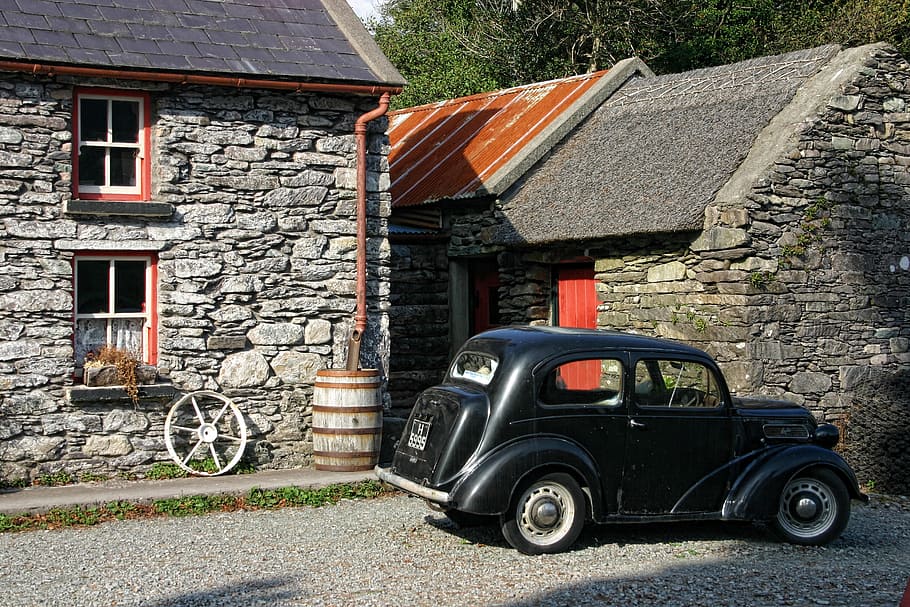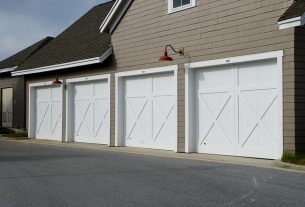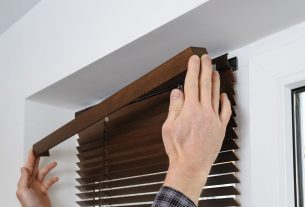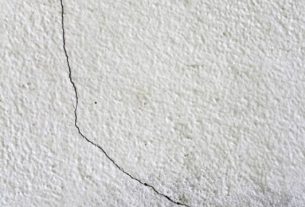Roofing Care: Apply a Smoothing Compound
Summary
Roofing smoothing compound: for small cracks
Two types of levelling compound: powder or paste
Applying a smoothing compound to the ceiling
Ceiling decoration: various materials
Three types of decorations for ceiling decoration
It is essential that the ceiling has a surface condition appropriate to your chosen finish. The preparation of the roof is indeed necessary before applying paint, plaster or wallpaper.
It is a question of eliminating the ceiling cracks, holes, imperfections, and shortcomings that would worsen with time.
Ceiling smoothing: for small cracks
Depending on the condition of the ceiling, a smoothing coating may be necessary to make small holes and cracks disappear to give your roof a nice smooth appearance.
On the other hand, beyond 2 to 3 mm in depth, the cracks must receive optimal treatment, a filling plaster: this is firmer and allows to fill up holes.
Two types of smoothing compounds: powder or paste
The smoothing coating must be chosen according to the support: concrete, bricks, wood panels…
This type of coating intended for the preparation of the support exists in two forms:
- Bag of powder;
- ready-to-use paste (presented in a plastic pot).
The powder is recommended for large surfaces to be renovated:
economical preparation: the powder is mixed with water (according to the proportions recommended by the manufacturer), and the coating must have sufficient texture; otherwise, the application will be more delicate.
The ready-to-use preparation is ideal for small surfaces to be treated. It is practical (no preparation) but less economical than powder.
Applying a smoothing compound to the ceiling
Use a well-sharpened coating knife: spread the smoothing compound with the knife over a long and careful distance of about 1 mm in thickness in areas of less than 50 cm² (to do this, position it slightly at an angle).
Then proceed with the smoothing: move forward in strips by applying the knife firmly on the surface of the ceiling to obtain a smooth and homogeneous surface, and then spread the plaster again on another area.
Once dry, the plaster must be sanded: a fine grain of 200 will ensure a perfectly smooth surface.
Then, remove the dust stuck on the support after sanding: use a clean, soft broom.
Good to know: It is advisable to wait 24 hours before covering it with the planned coating.
Now let’s come to the decoration of your ceiling.
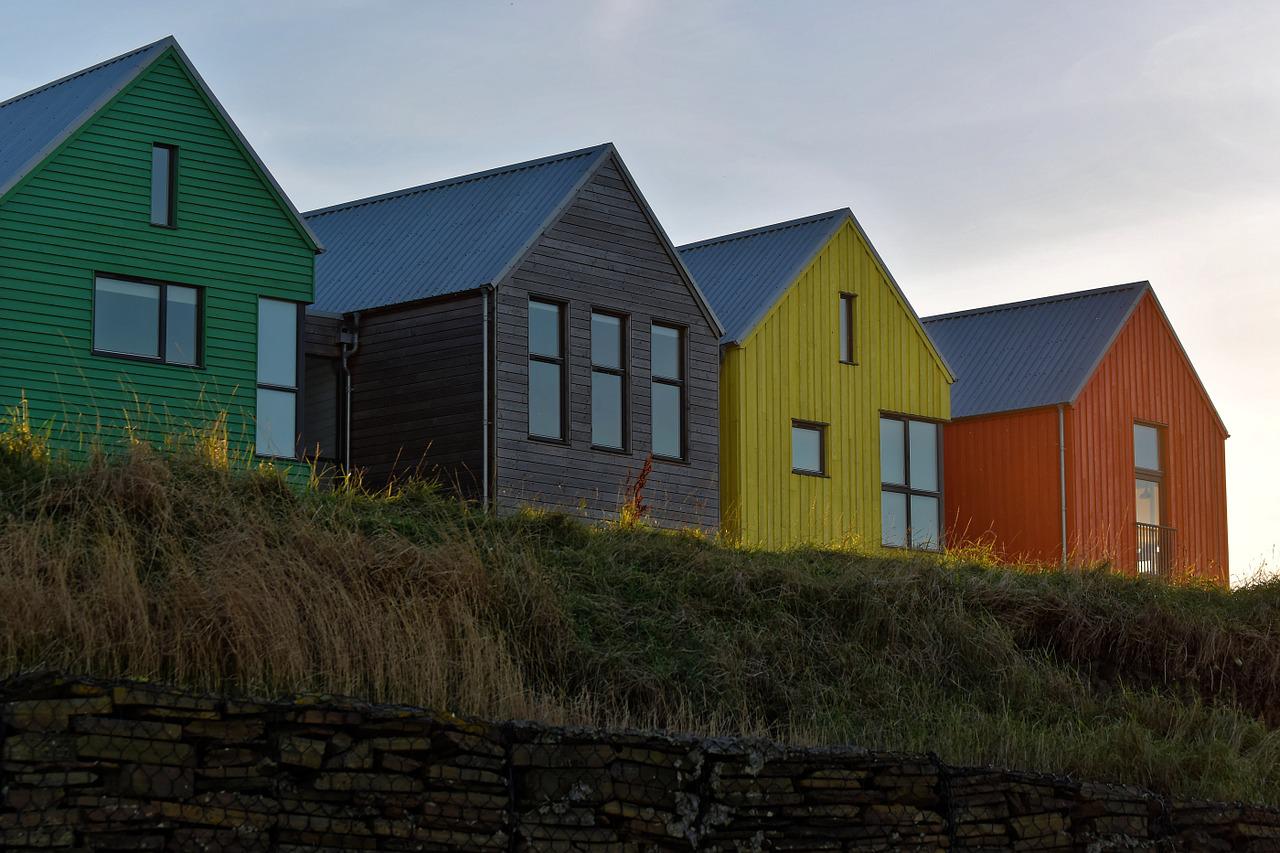
The refinement of interior decoration can be expressed in the decoration of the ceilings.
A beautiful finish, bright paint, and warm-coloured plaster are sometimes not enough to emphasize a style and raise the character of a room.
Ceiling decorations of all shapes, creative achievements, modern curves or chiselled and baroque. Depending on the material chosen, the final appearance will not be the same, nor the fineness of detail.
Decoration ceiling: various materials
The decorations can be made of multiple materials:
- plaster,
- wood,
- polystyrene,
- polyurethane.
Plaster
Elements are moulded in fine plaster, and these highly decorative ornaments take the form of rosettes, drapery and baroque cornice lines.
Born in the 19th century, this type of decoration has long embellished bourgeois apartments with slender ceilings,
Plaster remains the noblest material for ceiling decorations:
- of great finesse,
- natural and ecological,
- non-flammable,
- unalterable,
- durable and water-resistant,
- can be repaired very easily.
However, it is a material that is fragile to shocks.
Wood
Wooden ornaments do not have the same sculptural quality as plaster. Wood is a natural but heavy material requiring a more solid anchoring to the ceiling: often, for this reason, reserved for walls.
Polystyrene
The final rendering of polystyrene is very average. It is a light material with great ease of installation. It is an element available in decoration stores at low prices. However, it does not tolerate a wall or a corner that is not straight or has a shortcoming and therefore, connections are often necessary to adjust these decorations.
Polyurethane
A more finished look, this is a denser material that is very easy to install. This material can be sanded and even coated and has no drawbacks!
3 types of decorations for ceiling decoration
The choice of decorations is extensive, the designs being more or less refined: the fineness of the details remains most of the time very impressive even if it varies according to the material.
Here are the different decorations reserved for the decoration of the ceiling:
- Cornices and borders: form the room’s perimeter at the top of the wall. They offer various styles and allow the guaranteed enhancement of your ceiling;
- ceiling mouldings, rosettes and domes: attached to ceilings, for example, around a chandelier;
- fake beams: imitate wood beautifully and give a grand illusion.
Read more: Installing The Under Roof: Simple And Effective
Hoping that this article will have pleased you. Do not forget to write a few words in the comments below.
